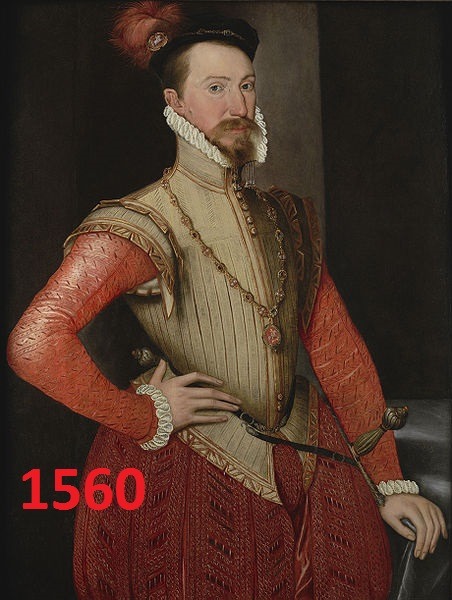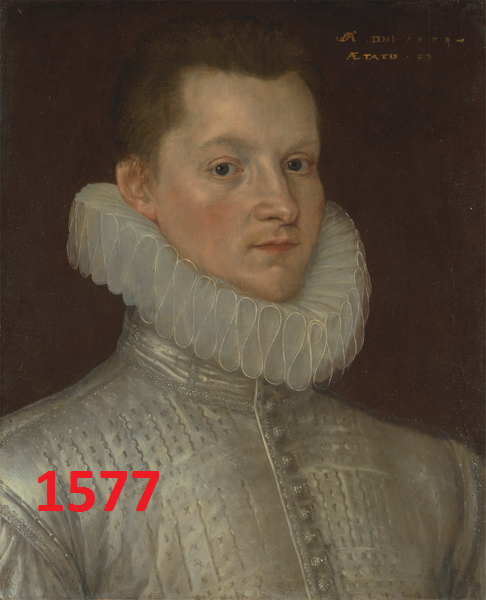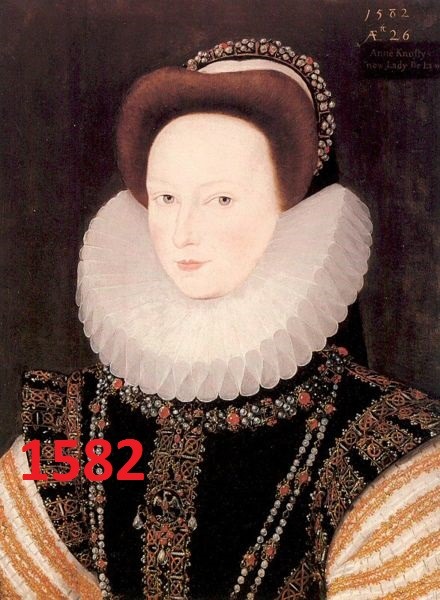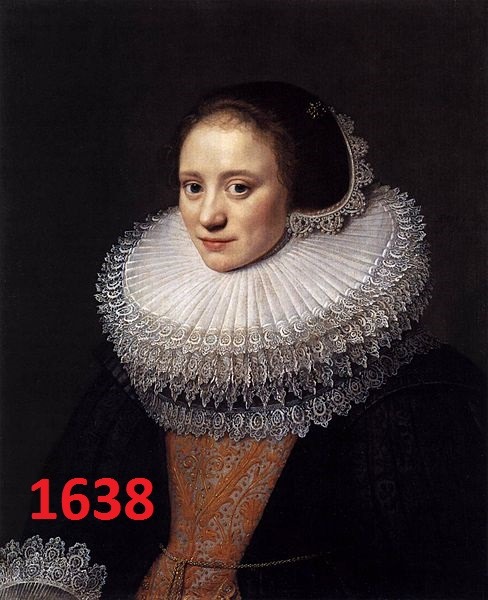High Fashion of the 17th Century — The RuffToday fashion changes in the blink of an eye. What
High Fashion of the 17th Century — The RuffToday fashion changes in the blink of an eye. What was once fashionable one year, is total passe a few years later. Fashion was no different 500 years ago in Europe. What could be popular one year, could be totally unhip the next. One interesting item of 16th and early 17th century fashion was the ruff, the strangle looking frilly collar typically worn by the upperclasses of Europe, both men and women alike. The ruff began its life around the mid 16th century. At the time it became fashionable for men to turn the collar of their shirts so they folded over the neck of their jackets. The purpose of this was to prevent a jacked or doublet from being soiled from oils secreted from the neck. But as the decades wore on, the ruff went from a practical piece of attire to something entirely decorative. By the 1560’s, ruffled collars grew in size. By the 1560’s and 1570’s, the ruff became an entirely separate article of clothing, and it continued to grow in size. This was made possible when Europeans discovered how to starch clothing, which allowed the ruff to become wider without it losing its shape. In addition wire frames were constructed to help support large “cartwheel ruffs”. The growth of the ruff grew to the point that one could be a one to two feet wide from the neck and require six to ten yards worth of fabric. While most ruffs were white, other colors were worn as well. However in England the wearing of blue ruffs was made illegal by Queen Elizabeth I as blue is the national color of Scotland.By the 17th century the ruff became an even more massive affair as clothiers experimented with multiple layers. The early 17th century also saw the beginning of the end of the ruff as its most famous proponent, Queen Elizabeth I, died in 1603. Furthermore the growing popularity of Puritanism within England brought about the death of the ruff as Puritans considered the fashion to be vain and prideful. The ruff continued its popularity in the Netherlands and Northern Europe, until it finally went out of fashion in the mid 17th century. -- source link
#history#clothing#fashion#elizabethan era#ruff#weird#strange#oddities#european history#fashion history




